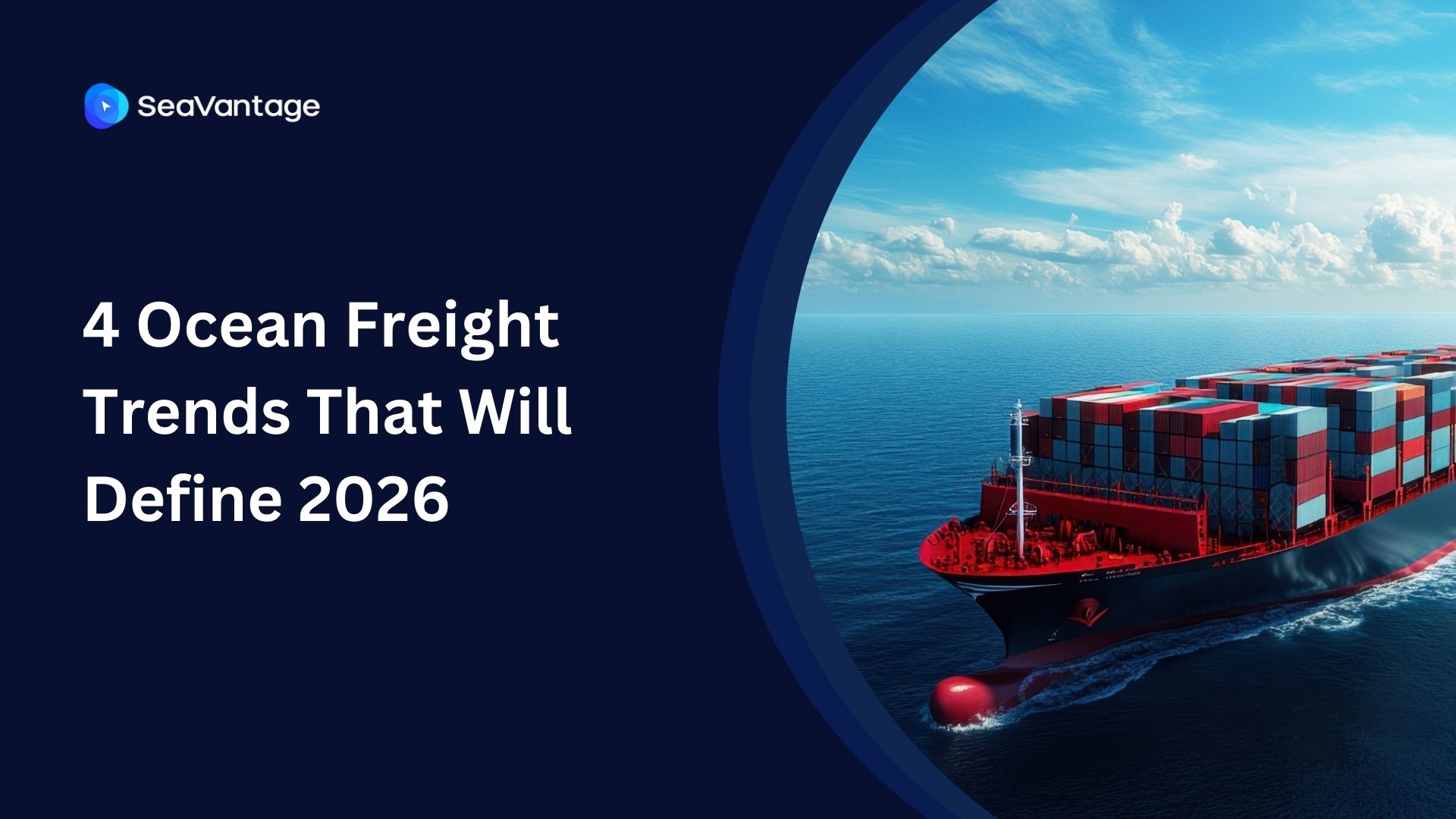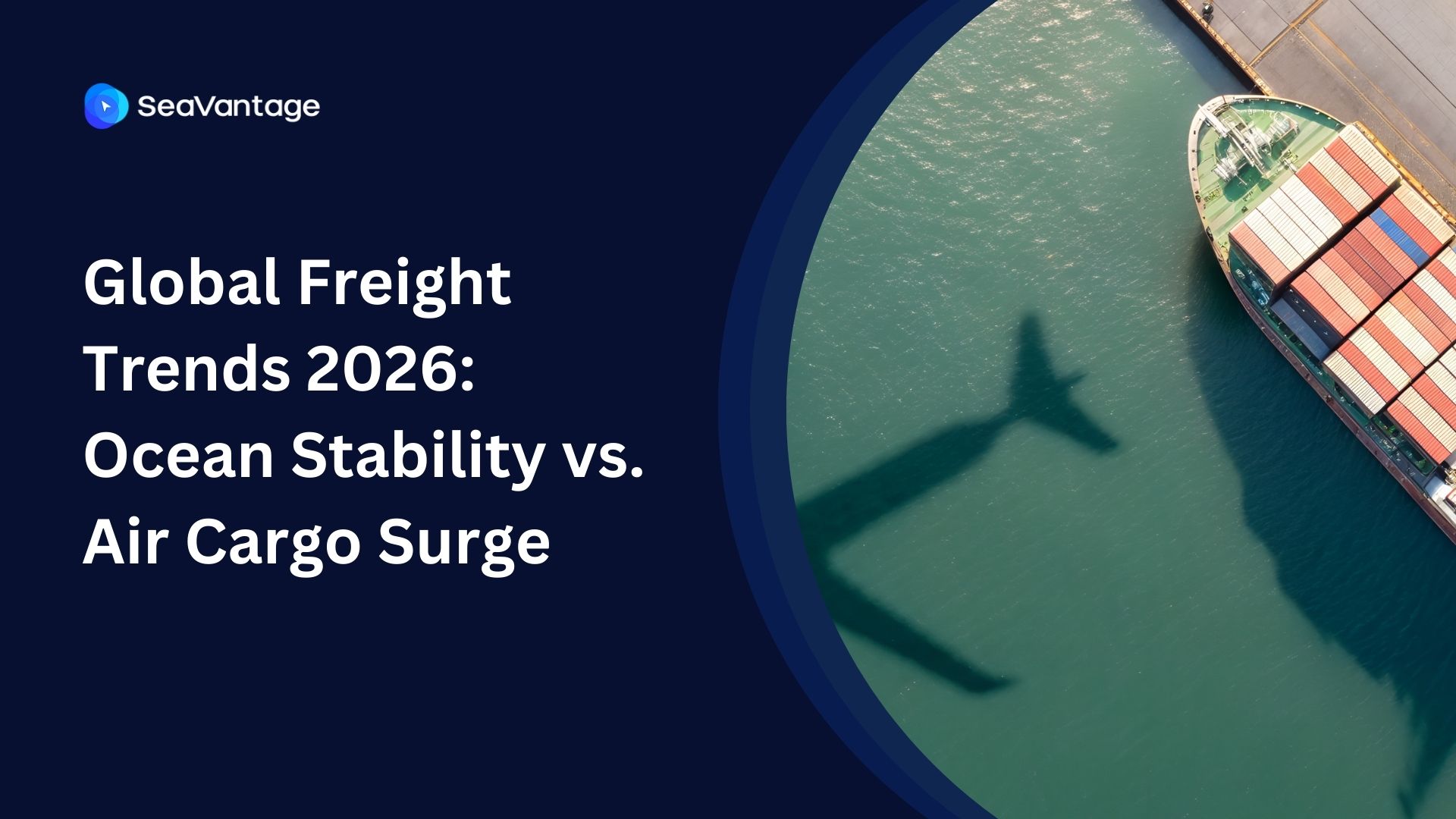Port Congestion and Its Impact on Bulk Carrier Bunkering Operations
.jpg)
Port congestion remains a significant challenge for the maritime industry, particularly for bulk carriers. These vessels often experience extended wait times at anchorage, leading to increased fuel consumption and disruptions in bunkering schedules. Such delays not only impact operational efficiency but also escalate costs, create logistical challenges, and jeopardize contractual agreements.
If your bulk carrier has ever missed a bunkering slot due to unexpected congestion or required last-minute fueling alternatives, you understand the difficulties involved. However, with real-time tracking and strategic planning, these challenges can be mitigated. Let’s explore the issue in depth.
Why Bulk Carriers Struggle with Port Congestion
The Challenges of Port Congestion for Bulk Carriers
While all vessel types experience congestion, bulk carriers face unique difficulties. Unlike container ships that operate on fixed schedules with designated terminal slots, bulk carriers often adhere to a first-come, first-served system. When congestion occurs, delays can extend for weeks.
Key Causes of Port Congestion
- Cargo Demand Surges – Seasonal spikes in bulk commodity demand, such as coal, grain, and iron ore, overwhelm port facilities.
- Labor Shortages & Strikes – Staffing shortages at major ports slow down cargo handling operations.
- Weather Delays – Adverse weather conditions halt bulk cargo operations, particularly when open storage or special handling is required.
- Regulatory Bottlenecks – Increased safety inspections, environmental checks, and emissions regulations contribute to slowdowns.
- Equipment Failures – Malfunctions in cranes or conveyor belts cause significant backlogs, delaying entire fleets.
For bulk carriers, each additional day at anchorage translates to higher operational costs, increased fuel consumption, and potential penalties for late deliveries. Furthermore, these delays disrupt carefully planned bunkering schedules.
How Port Congestion Disrupts Bunkering Operations
The Impact on Fueling Logistics
Bunkering is a time-sensitive process, with shipowners and operators carefully scheduling refueling based on voyage plans, fuel costs, and barge availability. However, congestion can quickly derail these plans, leading to:
- Unplanned Anchorage Time – Vessels stuck at anchorage struggle to adhere to fueling schedules.
- Increased Fuel Consumption – Ships burn fuel even while stationary, inflating operational costs.
- Fuel Price Volatility – Delays may force vessels to refuel at higher rates due to fluctuating fuel prices.
- Limited Barge Availability – If a vessel misses a scheduled bunkering slot, rescheduling becomes difficult.
- Unexpected Route Changes – Some operators are compelled to reroute ships to alternative ports for refueling, increasing voyage distances and costs.
Example: The Cost of Delayed Bunkering
A bulk carrier scheduled to refuel in Singapore experiences a five-day delay at anchorage due to congestion. During this period:
- Bunker fuel prices rise by 5%.
- The originally scheduled bunker barge moves on to other vessels.
- The carrier must either wait longer or reroute to another port, incurring additional costs.
The Financial Impact: How Much Do Bunkering Delays Cost?
Rising Operational Expenses
- A bulk carrier at anchorage consumes 10–15 tons of fuel per day for onboard operations.
- Additional port fees and congestion surcharges accumulate with each passing day.
- Unexpected rerouting increases voyage miles and total expenses.
Voyage Delays & Revenue Loss
- Strict delivery deadlines in bulk carrier contracts can result in penalties or renegotiations.
- Missed bunkering slots often necessitate purchasing fuel at unfavorable rates.
Environmental & Compliance Concerns
- Increased fuel consumption at anchorage leads to higher carbon emissions, impacting CII (Carbon Intensity Indicator) ratings.
- Poor bunker fuel management may result in non-compliance with IMO emissions regulations.
With these financial and regulatory risks, bulk carriers must adopt proactive congestion management and bunkering optimization strategies.
Leveraging Real-Time Tracking & AI to Overcome These Challenges
The Role of Data and AI in Bunkering Optimization
With advancements in real-time vessel tracking and AI-powered analytics, operators can now make smarter bunkering decisions to mitigate congestion-related risks.
Benefits of AI-Driven Solutions:
- Predict Congestion Before It Happens – AI-powered analytics monitor ship movements, berth availability, and congestion levels.
- Optimize Bunkering Routes in Real Time – Alternative bunkering ports can be identified early to minimize delays.
- Monitor Fuel Consumption & Emissions – Real-time tracking helps vessels optimize fuel usage.
- Improve Coordination with Bunker Suppliers – Early congestion alerts enable better scheduling of bunker barges.
Example: AI-Powered Decision-Making
A bulk carrier en route to Rotterdam receives a real-time congestion alert indicating an expected wait time of three days. Using AI-driven insights, the operator reroutes the vessel to Antwerp for bunkering, securing a better fuel price and avoiding costly delays.
Smarter Planning for Cost-Efficient Bunkering
Port congestion may be beyond a shipowner’s control, but strategic planning can mitigate its impact. By leveraging real-time tracking and AI-driven analytics, bulk carriers can:
- Reduce unnecessary fuel consumption during congestion.
- Avoid costly last-minute rerouting for bunkering.
- Secure bunker fuel at optimal prices.
- Enhance voyage planning while ensuring regulatory compliance.
Investing in real-time data solutions is no longer optional—it is essential for staying competitive in the bulk shipping industry. With platforms like SeaVantage, shipowners and operators can transform port congestion from an unpredictable challenge into a manageable factor, ensuring smoother bunkering operations and cost-efficient voyages.
2025년 9월, 주요 글로벌 항만에서 어떤 운송사가 가장 긴 선박 체류 시간을 기록했는지 확인해보세요. 트렌드를 비교하고, 지연을 파악하며, 전체 항만 데이터를 통해 운송 전략을 최적화할 수 있습니다.
2025년 8월, 주요 글로벌 항만에서 어떤 운송사가 가장 긴 선박 체류 시간을 기록했는지 확인해보세요. 트렌드를 비교하고, 지연을 파악하며, 전체 항만 데이터를 통해 운송 전략을 최적화할 수 있습니다.
2025년 7월, 주요 글로벌 항만에서 어떤 운송사가 가장 긴 선박 체류 시간을 기록했는지 확인해보세요. 트렌드를 비교하고, 지연을 파악하며, 전체 항만 데이터를 통해 운송 전략을 최적화할 수 있습니다.
iscover the 4 critical ocean freight trends for 2026, from the Red Sea reopening and fleet overcapacity to shifting global trade maps. Prepare your supply chain now.
Discover key 2026 freight market trends: Port of Houston expansion, air cargo "super peak," and ocean freight stability. Plan your supply chain with SeaVantage.
Explore November 2025 global port dwell time data. See which ports and carriers led in efficiency across Antwerp, Busan, Long Beach, Rotterdam, and Singapore.



.svg)





.jpg)

.png)